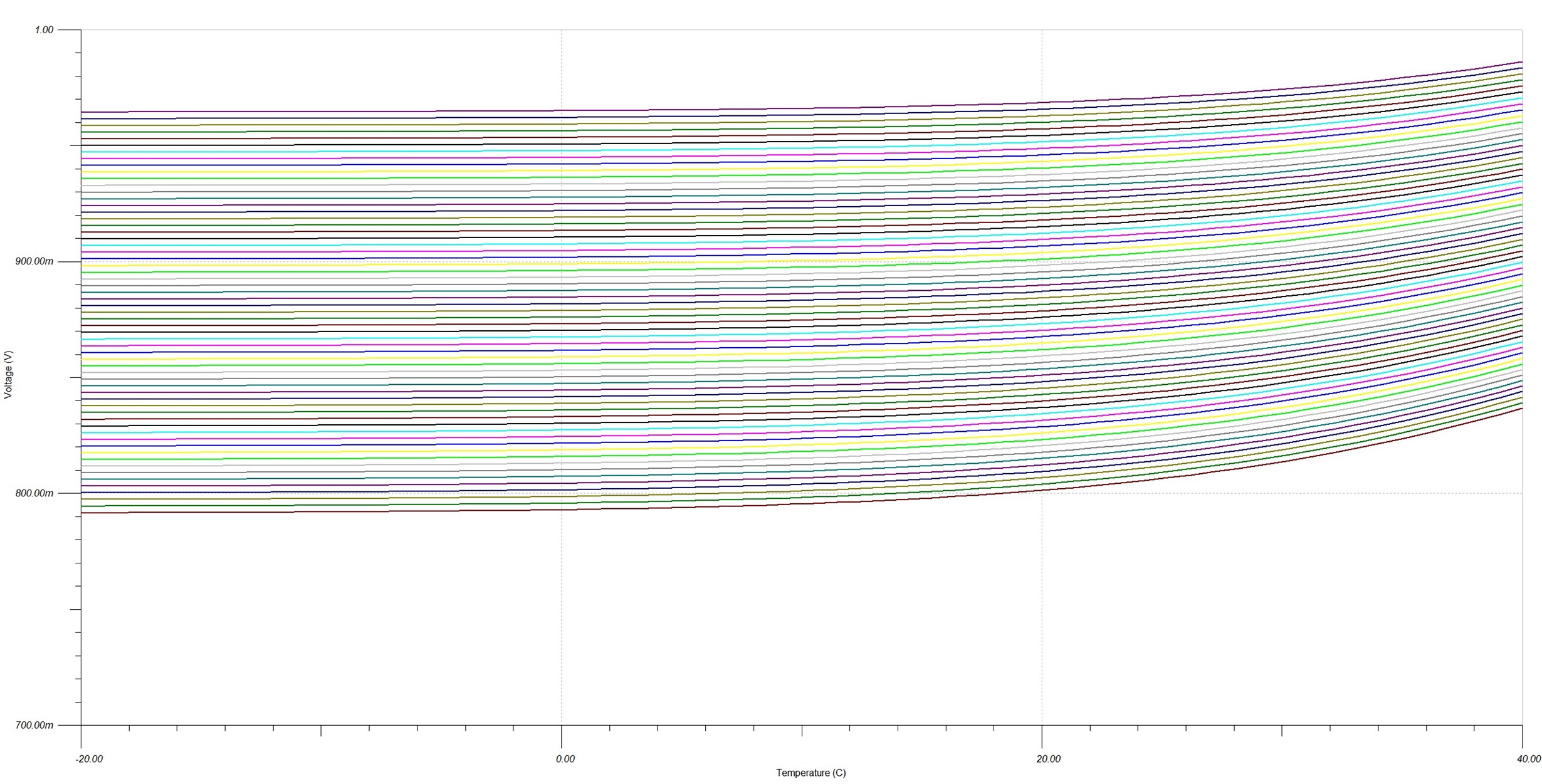Other Parts Discussed in Thread: LMV324, TINA-TI, TLC2274
Hell All.
I built RTD sensing circuit as attached RTD.tsc TINA file and have tested the output voltage drift of the LM324 about room temperature changes to check if the voltages are correct in comparison with TINA simulation result. Unfortunately, temperature characteristic of LM324 in the physical board is totally different from the simulation result with TINA.
I simulated the circuit about room temperature change from -20 degree to 40 degree, and have obtained the drift profile as attached below increasing monotonically. But in the board, the output voltage is decreasing with room temperature increasing. This occurs identically among other same boards.
I've also tried to test it with LMV324 using same board by just replacing the OP amp, and found the output voltage increases correctly as the room temperature increases just like the TINA simulation results.
Could you help me understand why this circumstance occurs or if this situation seems to be normal?
* FYI, I checked the voltage in the board for some temperature points with a multi-meter, so no measuring data exists in the form of the graph.
Thanks in advance.


